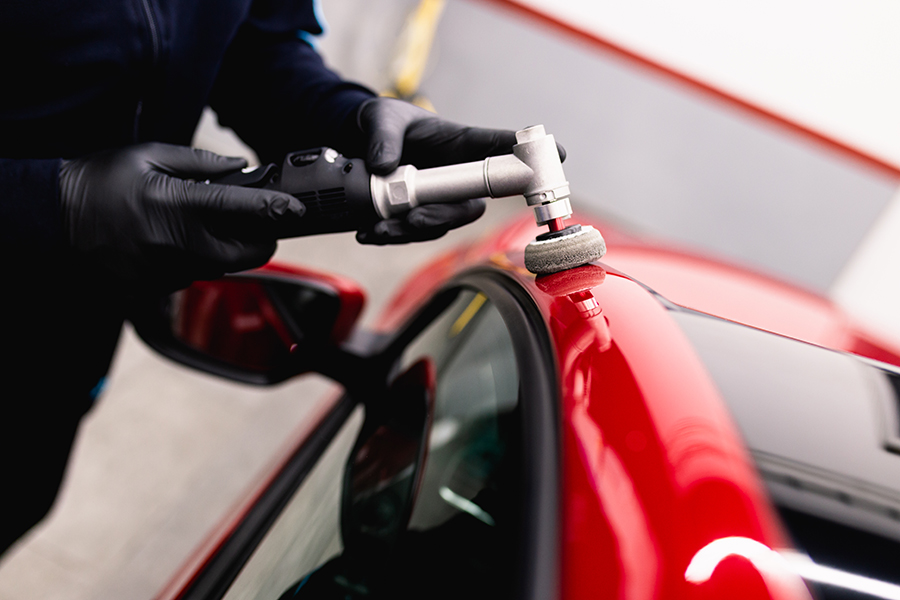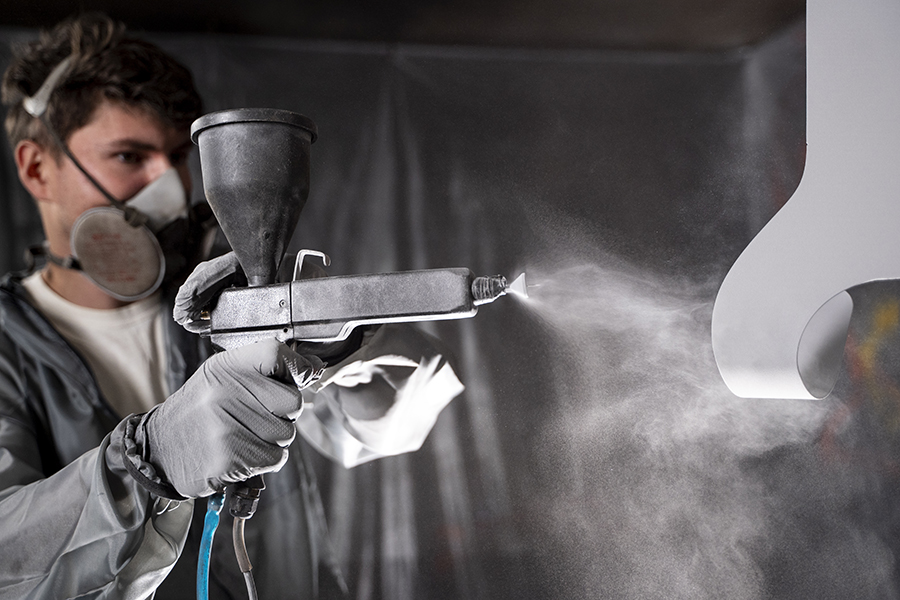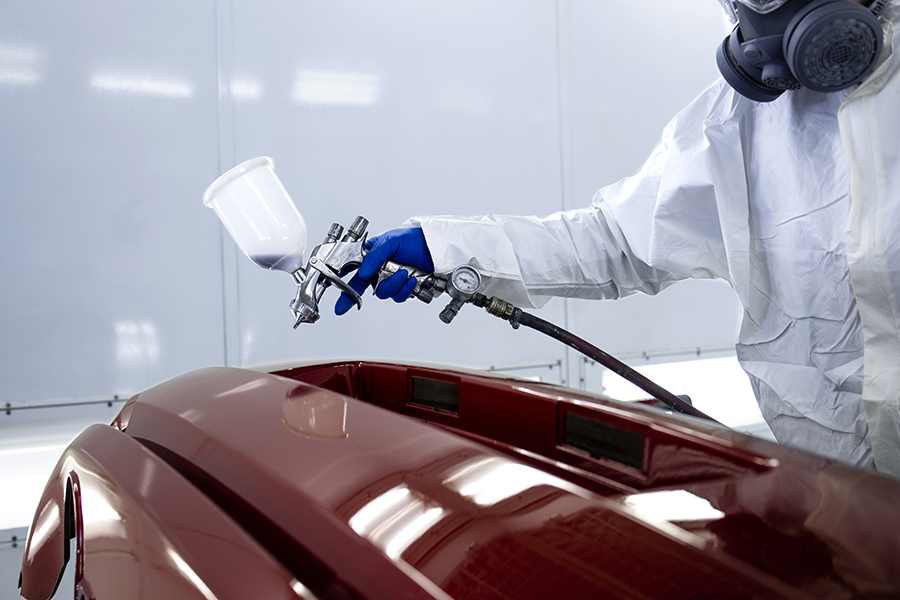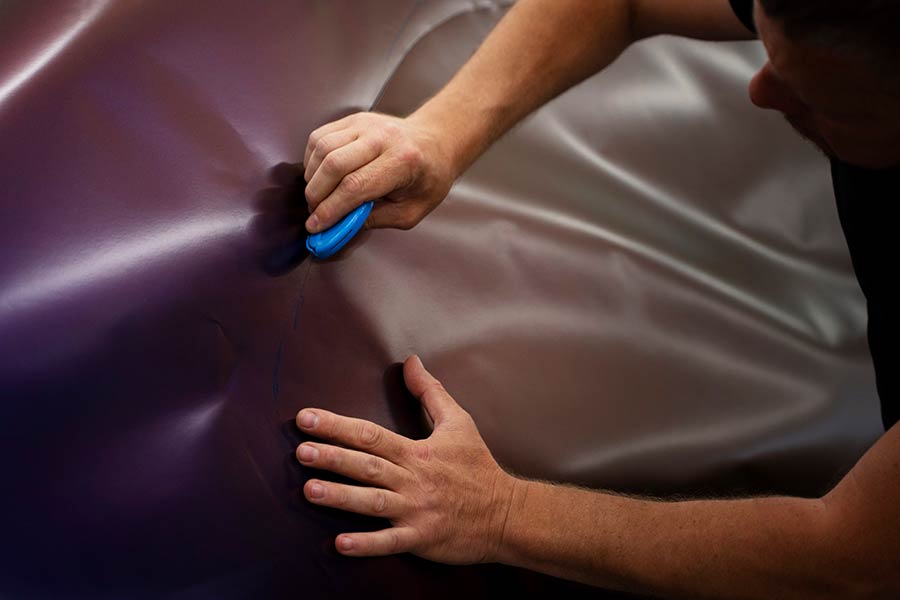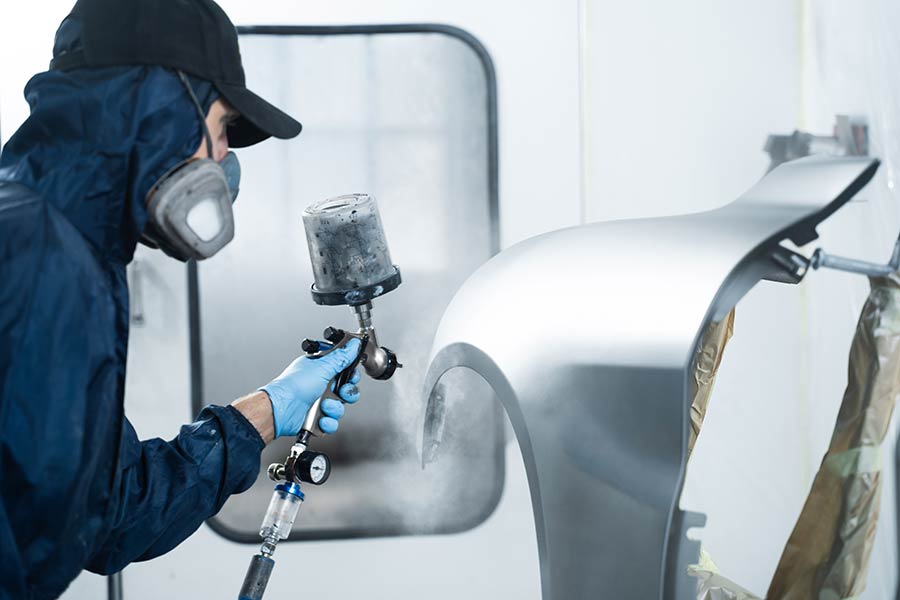Car paint and scratch repair can feel like a magic trick. One moment, your car looks like it's been through a battle; the next, it's shiny and new. Cars have been a part of our world for over a century, and keeping them looking good has always been a challenge. Even the tiniest scratch can make your ride look old. But don't worry, fixing scratches isn't rocket science. It's more like giving your car a makeover.
Key Takeaways
- Know Your Paint: Understand your car's paint layers to better assess repair needs.
- Spot the Scratch: Identify the type of scratch to choose the right fix method.
- Follow Repair Steps: Use a step-by-step approach for effective scratch repair.
- DIY or Pro Help?: Decide if you should fix it yourself or seek professional help.
- Keep It Shiny: Regular maintenance helps prevent scratches and keeps the car looking new.
- Cost and Time: Consider the time and money involved in repairs when making decisions.
Understanding Car Paint Basics
Types of Car Paint
There are three main types of car paint: acrylic, enamel, and urethane. Acrylic paint is easy to apply and dries quickly. It is less durable than other types. Enamel paint takes longer to dry but is more durable. It is often used for a glossy finish. Urethane paint is the most durable and resistant to chipping. It is commonly used in modern car manufacturing.
Importance of Paint Matching
Paint matching is crucial for seamless repairs. A mismatch can make a car look patched up. This affects its resale value negatively. Accurate color matching involves using special tools like spectrophotometers. These tools help find the exact shade needed. Technicians also use test panels to ensure a perfect match.
Common Paint Problems
Car paint can have issues like fading, chipping, and peeling. Fading occurs due to UV exposure from the sun. Chipping happens when rocks or debris hit the car surface. Peeling can result from poor maintenance or bad application. To prevent these problems, regular washing and waxing are essential. Using a protective cover when parked outside also helps.
Identifying Scratch Types
Surface vs Deep Scratches
Surface scratches are minor. They only affect the clear coat of the car paint. These scratches are often caused by small rocks or dirt. Deep scratches, however, penetrate through multiple layers. They can reach the primer or even the metal beneath.
The severity of a scratch impacts how it should be repaired. Surface scratches may need just a polish to disappear. Deep scratches might require more work, like filling and repainting.
Assessing Damage Severity
To check how deep a scratch is, use the fingernail test. Run your fingernail across the scratch. If it catches, the scratch is likely deep.
Examine the scratch under different lighting conditions. Bright light can reveal details that might be missed otherwise. If unsure about the damage, it's wise to consult a professional. They can provide expert advice on whether repair is needed.
Tools for Scratch Inspection
Several tools help in inspecting car scratches. A magnifying glass can show tiny details of the scratch. A flashlight helps illuminate and highlight scratches better.
Use a microfiber cloth to clean the area first. This ensures no dirt interferes with inspection. There are also digital apps available that assess scratch depth using photos.
Steps for Scratch Repair
Preparing the Surface
Start by cleaning the scratched area well. Use soap and water to remove dirt. This prevents debris from causing more scratches. Dry it off completely. Next, apply masking tape around the scratch. This protects the paint nearby. Sand lightly with fine-grit sandpaper. This helps new paint stick better.
Applying Scratch Removers
Choose the right scratch remover for your car's scratch type. Some are for light scratches, others for deeper ones. Apply the product in circular motions. This ensures even coverage. Follow all product instructions carefully. They guide on how long to let it sit and when to wipe it off.
Using Touch-Up Paint
Buy touch-up paint from your car's manufacturer. This ensures a perfect color match. Apply thin layers of paint over the scratch. Build up the color gradually. Use a fine brush or pen for precise application. This prevents messy edges and overlaps.
Finishing and Polishing
Polishing blends repaired areas with the rest of the car. Use a dual-action polisher for even results. It smooths out any rough spots. After polishing, apply a clear coat over the repair. This adds protection and shine.
DIY vs Professional Repair
Pros of DIY Methods
DIY methods can save you money. Professional services often charge a lot for labor and materials. By doing it yourself, you pay only for the supplies.
Fixing scratches at home is convenient. You work on your schedule without needing to drop off your car. It also allows you to learn new skills. Many people find satisfaction in completing a task themselves.
When to Seek Professionals
For big or complex damage, it's best to call professionals. They have tools and skills that most people don't have at home. Professional-grade equipment ensures better results.
Professionals offer warranties and quality assurance. This means if something goes wrong, they will fix it. It gives peace of mind knowing experts handled the job right.
Cost Considerations
DIY repairs usually cost less than professional ones. However, prices vary based on paint type and damage extent. High-quality paints cost more, impacting overall expenses.
Regular maintenance prevents costly repairs later. Budgeting for touch-ups helps avoid bigger problems over time.
Maintaining Your Car's Finish
Regular Washing Tips
Washing your car every two weeks is smart. It stops dirt from building up. Dirt can harm the paint over time. Use pH-balanced car soap. It helps protect the paint. Regular soap might be too harsh.
After washing, dry with a microfiber towel. This prevents water spots. Water spots can leave marks on the paint.
Protective Coating Options
Waxing your car adds shine and protection. It makes the paint look new. Wax acts as a barrier against small scratches and sun damage.
Ceramic coatings offer long-term durability. They provide a stronger shield than wax. This coating lasts for years and protects against weather and chemicals.
Paint sealants are another option. They last longer than wax but not as long as ceramic coatings. Sealants offer good protection and are easier to apply than ceramic coatings.
Long-Term Care Strategies
Parking in shaded areas is wise. Sunlight can cause UV damage to your car's finish. Shaded parking reduces this risk.
Regular inspections help find scratches early. Fixing them quickly prevents further damage. Scratches can grow if ignored.
Using car covers adds extra protection. Covers shield the car from dust, rain, and sun damage when parked outside.
Summary
You’ve got the lowdown on car paint and scratch repair. From understanding your car's paint to figuring out those pesky scratches, you're now equipped with the know-how. Whether you’re rolling up your sleeves for a DIY fix or calling in the pros, you can keep that ride looking sharp. And don’t forget—keeping your car's finish in tip-top shape is like giving it a spa day. It’s all about that shine!
Ready to put this knowledge into action? Next time you spot a scratch, you'll know just what to do. Dive into maintaining that glossy finish with confidence. Your car deserves it, and so do you. Keep cruising with style and pride. Got questions or tips of your own? Share them with us! Let's keep this convo rolling and help each other out. Drive safe, and keep shining!
Frequently Asked Questions
What are the main types of car paint?
Car paints usually come in three types: solid, metallic, and pearlescent. Solid is basic, metallic adds shine with metal flakes, and pearlescent gives a shimmering effect. Think of it as choosing between a classic T-shirt, a sparkly dress, or a magical cloak!
How can I identify the type of scratch on my car?
Scratches vary from clear coat scratches to deep gouges. Light scratches may only affect the top layer, while deeper ones reach the paint or metal. It's like peeling an onion—some layers are just more than skin deep.
What are the essential steps for scratch repair?
Start by cleaning the area. Use sandpaper to smooth out the scratch. Apply touch-up paint if needed. Finish with a polish to blend it all together. It’s like baking a cake—prep, bake, and frost!
Should I attempt DIY scratch repair or hire a professional?
For minor scratches, DIY can be fun and cost-effective. But for deeper damage, professionals have the skills and tools to restore your car’s look. It’s like fixing a leaky faucet versus rewiring your house.
How do I maintain my car's finish after repairs?
Regular washing, waxing, and using protective coatings help maintain your car's shine. Think of it as skincare for your vehicle—cleanse, moisturize, and protect!
Can regular washing prevent scratches?
Yes! Dirt acts like sandpaper when rubbed against your car's surface. Regular washing removes these particles, reducing the chance of scratches. It's like keeping crumbs off your couch to avoid stains.
What's the difference between clear coat and paint layer?
The clear coat is a transparent layer that protects the color beneath. It's like a raincoat over your favorite shirt—protective yet invisible!
